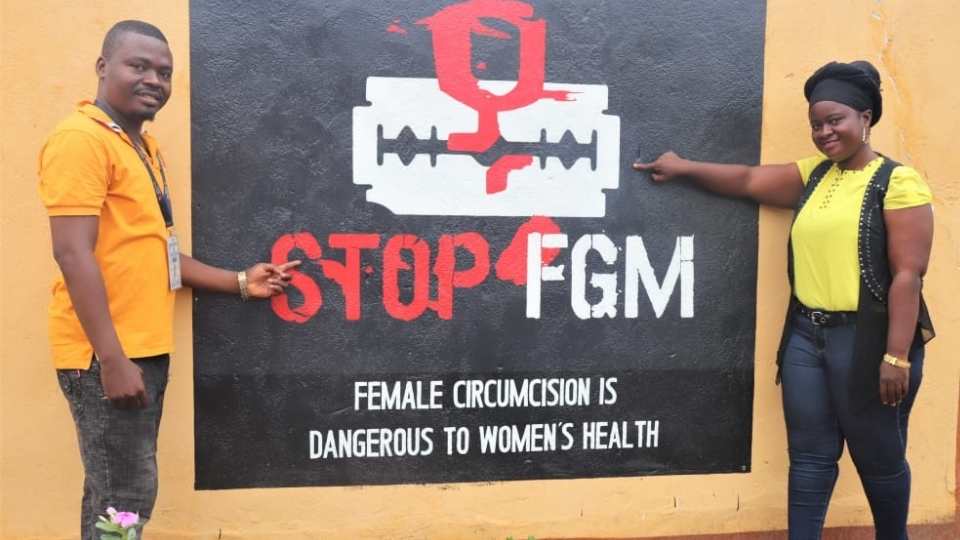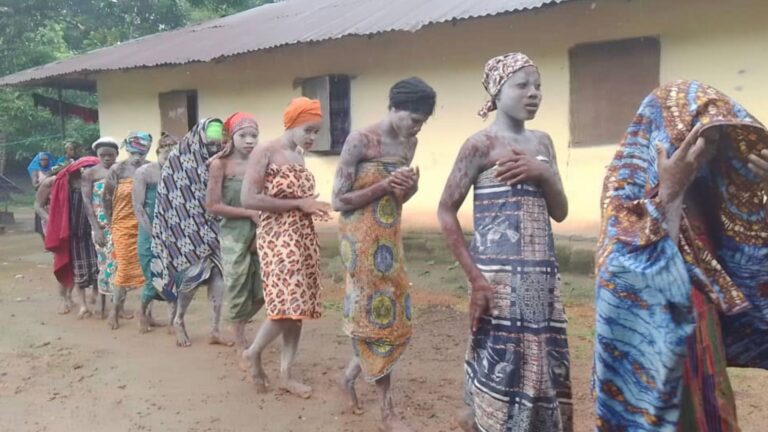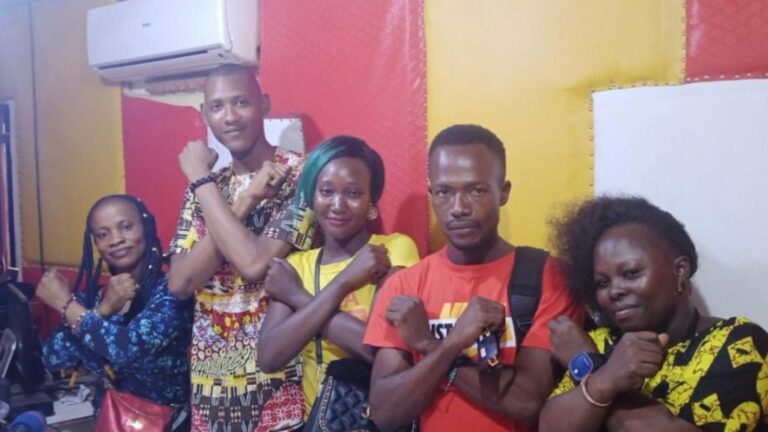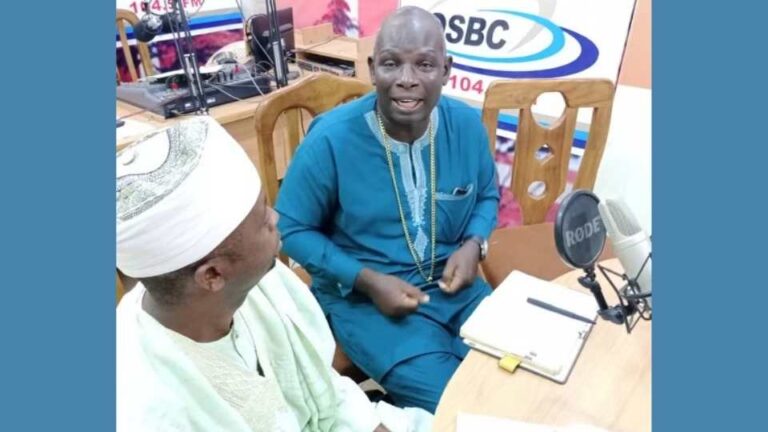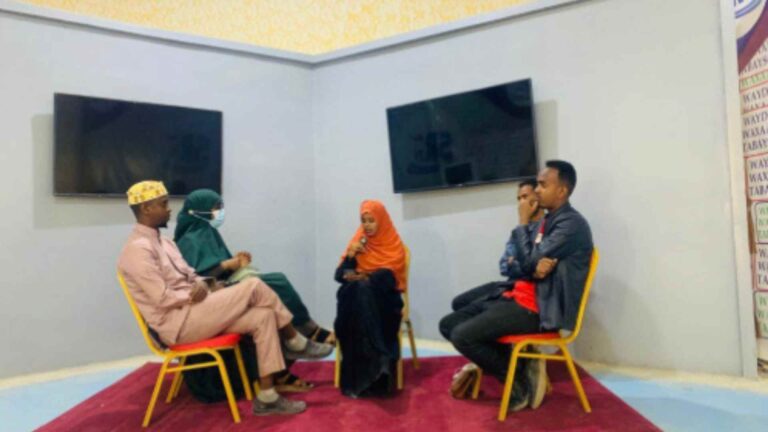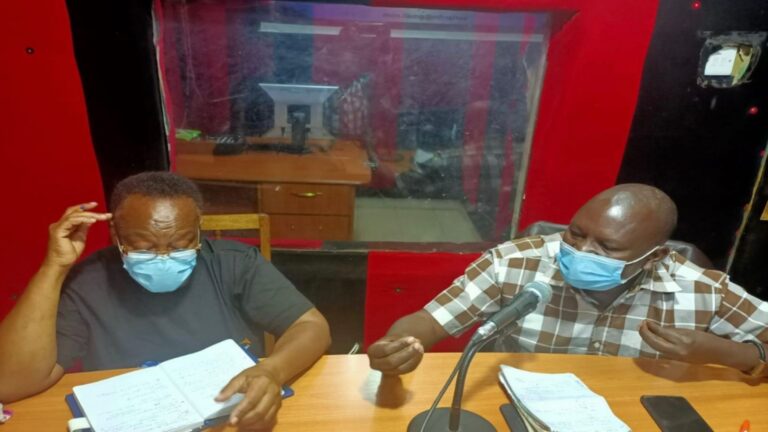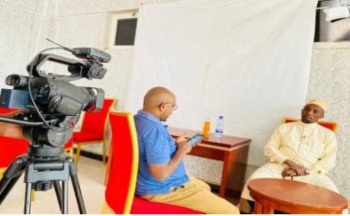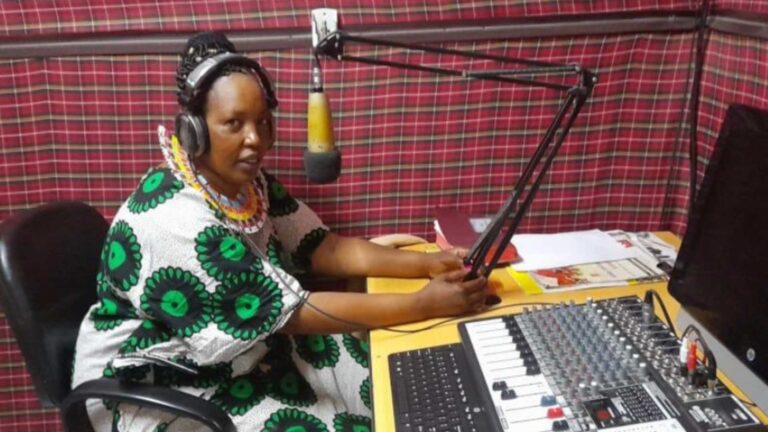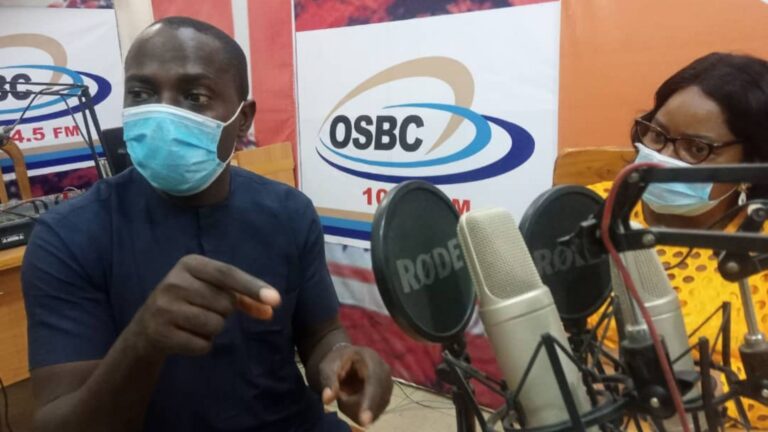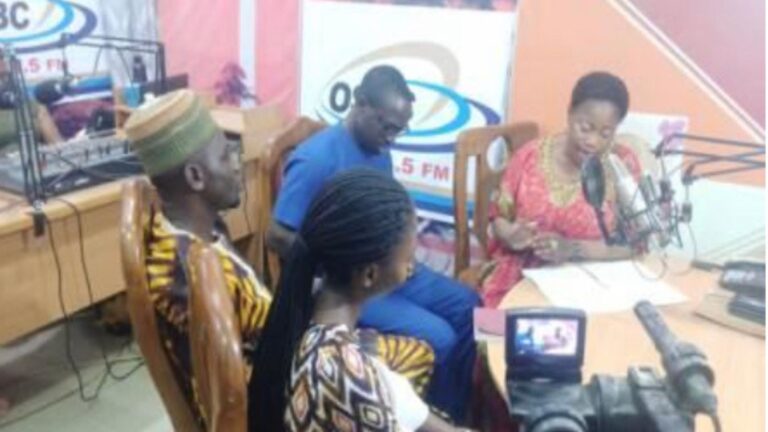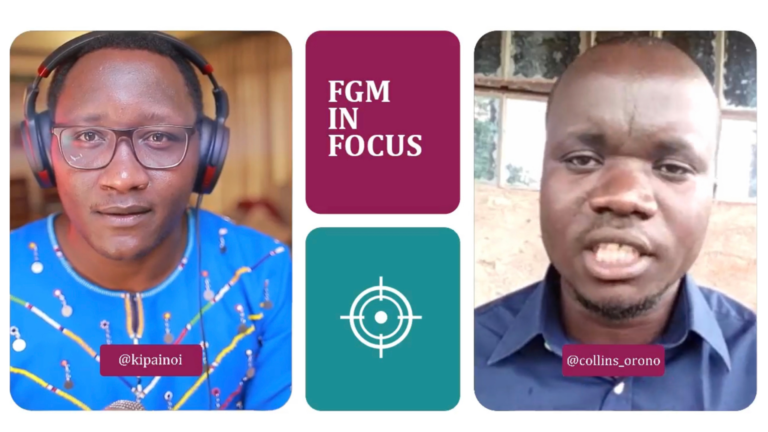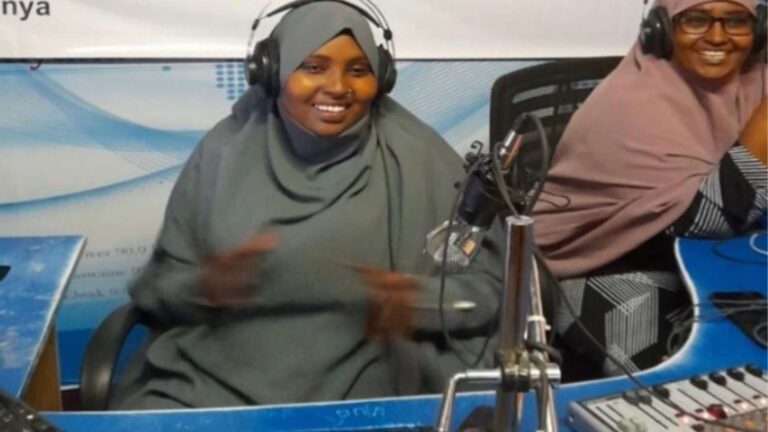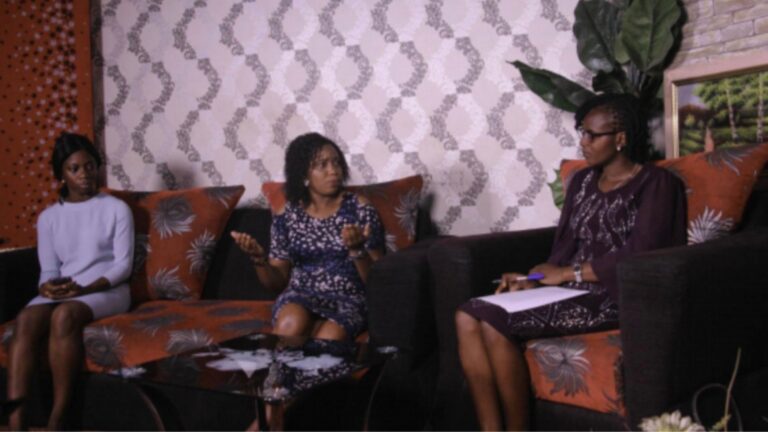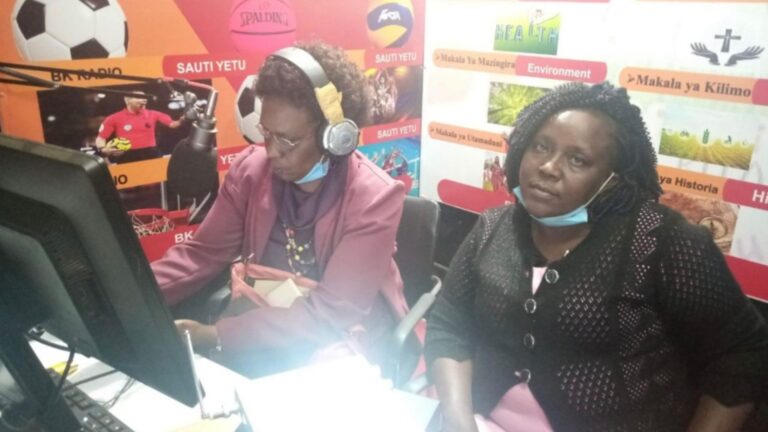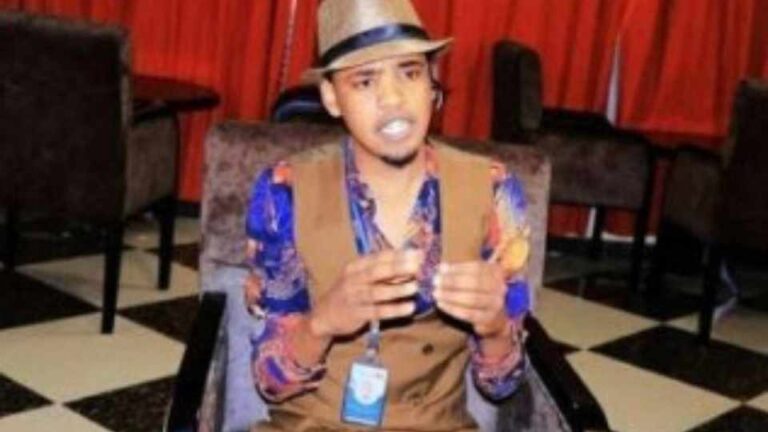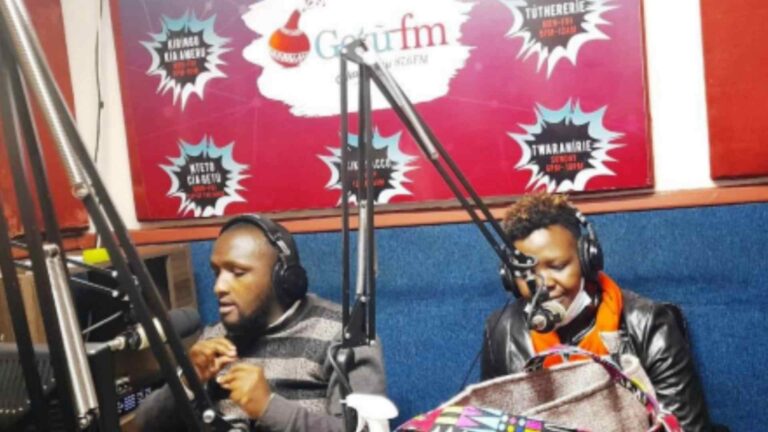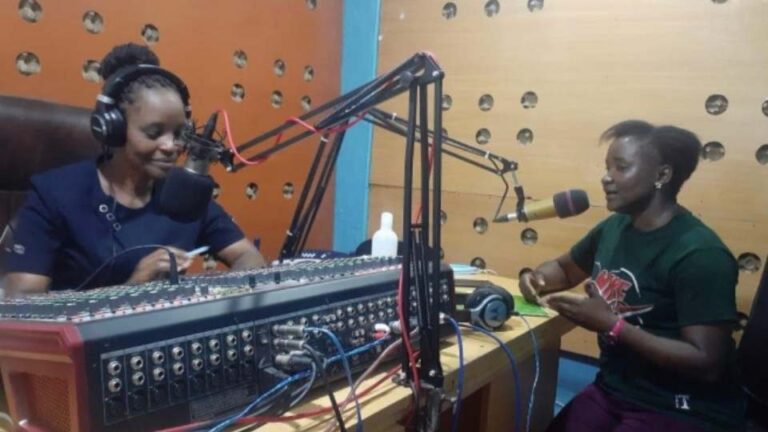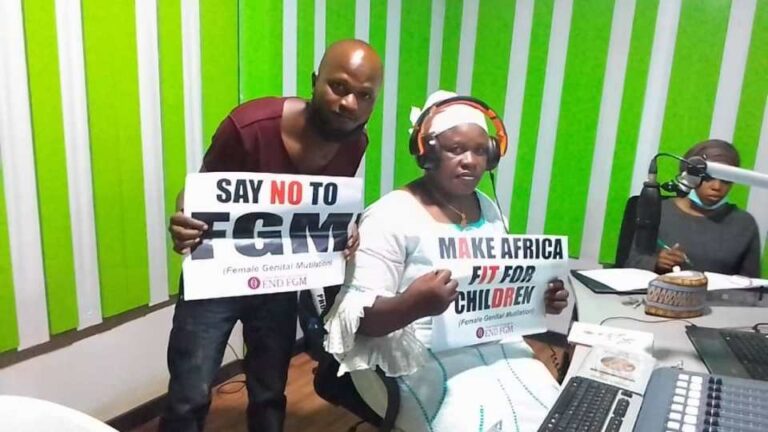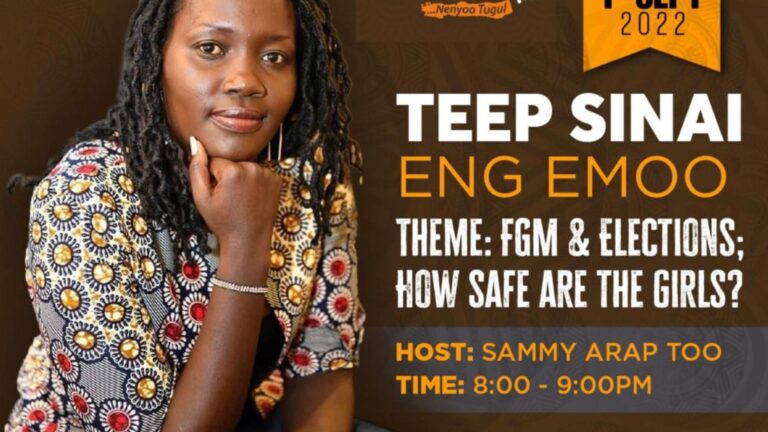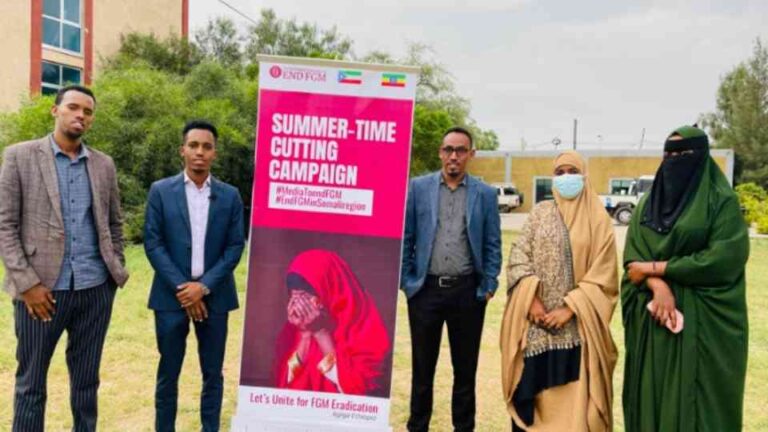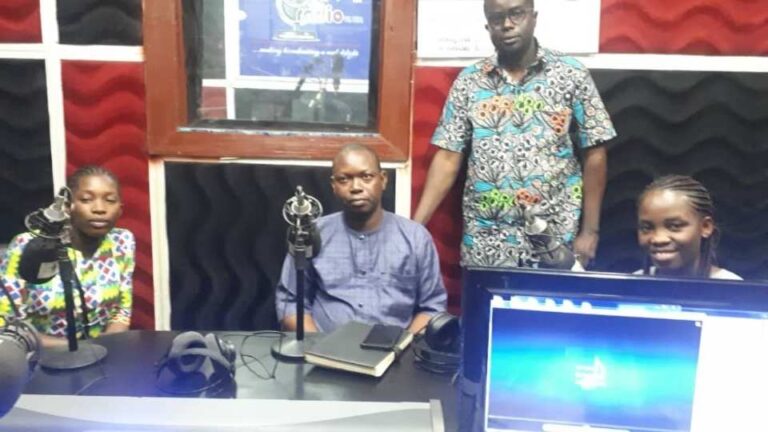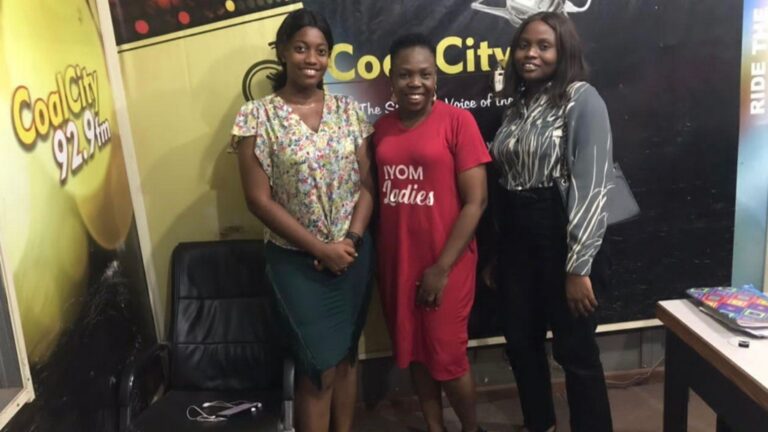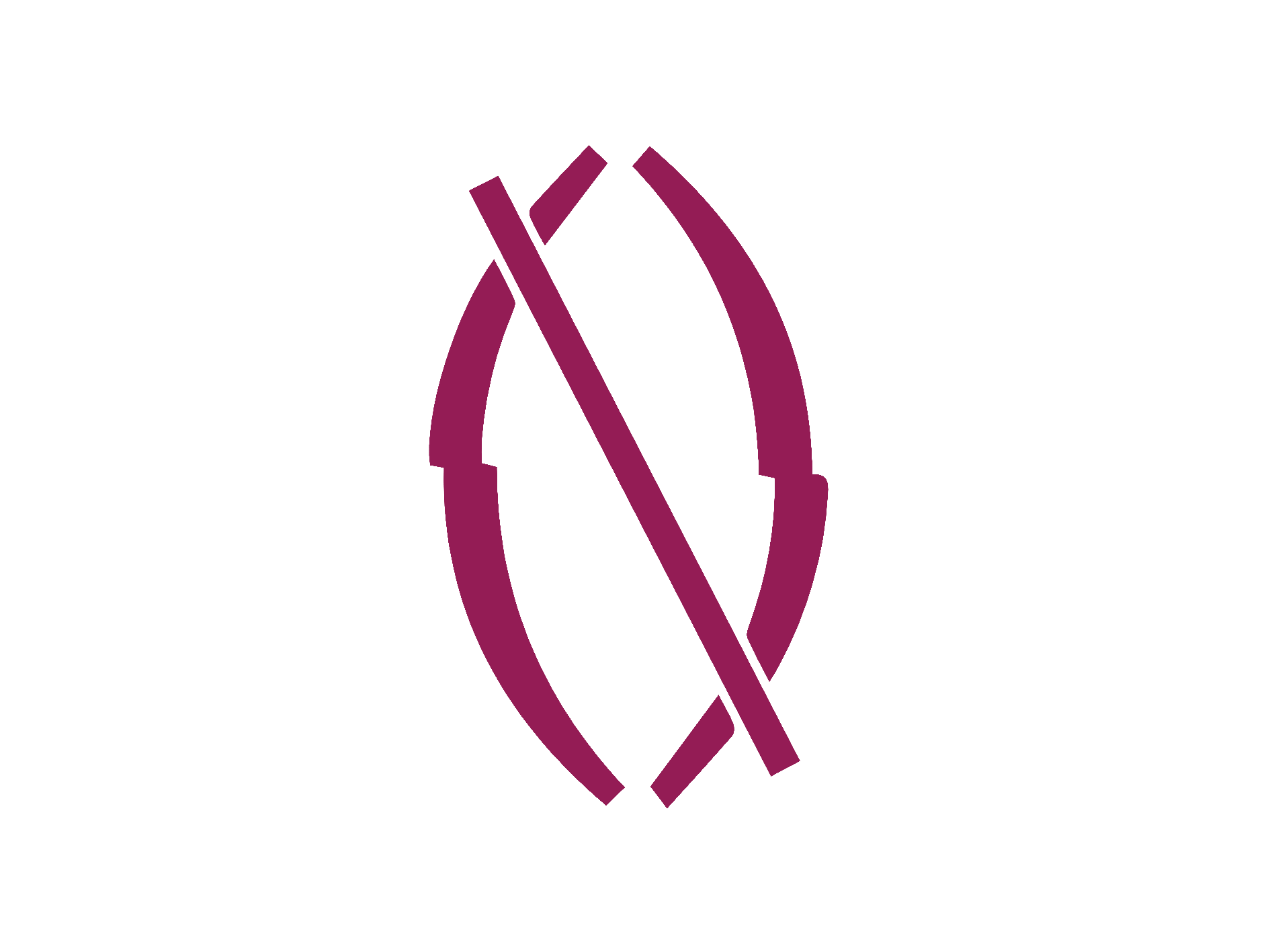By Ruth Harley with special thanks to all the campaigners that shared information
Campaigners in Sierra Leone are spread out all over the country. This report highlights the key challenges that each region or county faces, the type of FGM that takes place, and a few action points for moving forward.
There is no one way to fight FGM. Each region or county has different cultures, traditions, and challenges around FGM, therefore we have to be specific in our approaches to end FGM.
Port Loko:
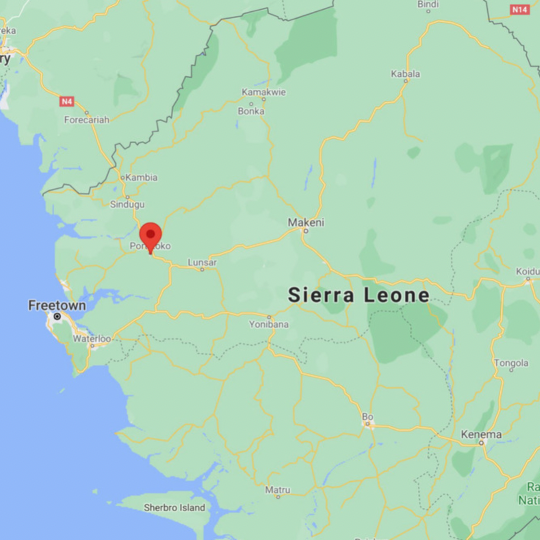
Challenges :
- Efforts are still needed in remote communities especially in Kambia and other parts of Port Loko district.
- The only reason that girls want to join their parents on FGM is due to the old tradition which says that you are only a complete woman if you go through it.
- Despite been rated high in the reduction of FGM practice in Sierra Leone by various alike campaigners and institutions, Port Loko District is faced with the issue of changing the beliefs of rural and or village communities.
- According to the last census conducted in 2015, the district has a population of 615,000 people most of them are in remote communities. The majority are women and girls.
Type of FGM:
There are figures obtained by various research on the type of FGM practiced in Port Loko just like other parts of Sierra Leone. They show that 32% practice type Ib (removal of the clitoris with the prepuce); 64% undertake type IIb (partial or total removal of the clitoris and labia minora); and 4% had type IIc (partial or total removal of the clitoris, the labia minora, and the labia majora). By and large, type In and IIb are more common.
How is it carried out?
First girls are made to believe in traditional and cultural practice at a very young age. Some are initiated even before age 5.
A ceremony used to take place, but now more often done secretly in some communities. Parents buy (despite their poor living conditions)a lot of clothing to induce the victims (girls) so that they can be dressed with new looks.
There are various stages before, during, and after mutilation. All of the stages are scary and sometimes shock occurs and leads to death. More of these deaths are recorded and reported but little or no action is taken by state Authorities.
Action points:
- Education and effective communication is still required to reach out to village communities in Port Loko District.
- This is attainable with media engagement as well as community engagements.
- Radios are still the most reliable source of information to these people and could be an effective way to reach them out.
Koinadugu:
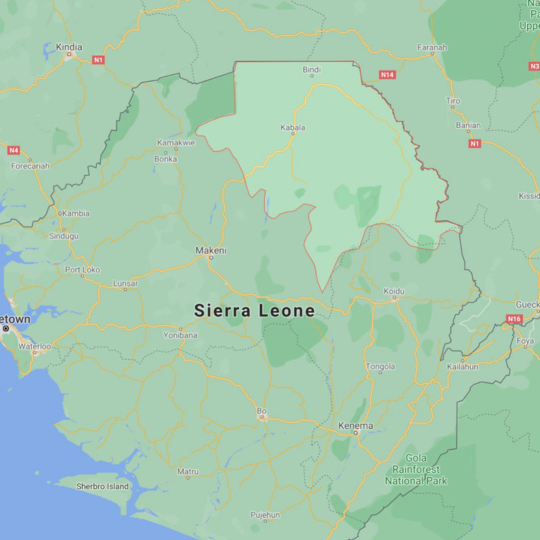
Challenges :
- Tradition and culture don’t allow people to talk about FGM initiations in some communities.
- Some Cutters (Sowies) are demanding money from us so that they could lay down tools because they have no other source of income.
- Language barrier in some parts of the district.
- The poor road network to access radio stations and communities. Poor communication network to access internet facilities.
Type of FGM :
Type 2
Action Points:
- Sensitizations should be done on a monthly basis via media and radio.
- Conduct training for cutters ( Sowies) and stakeholders at the chiefdom level.
Kenema :
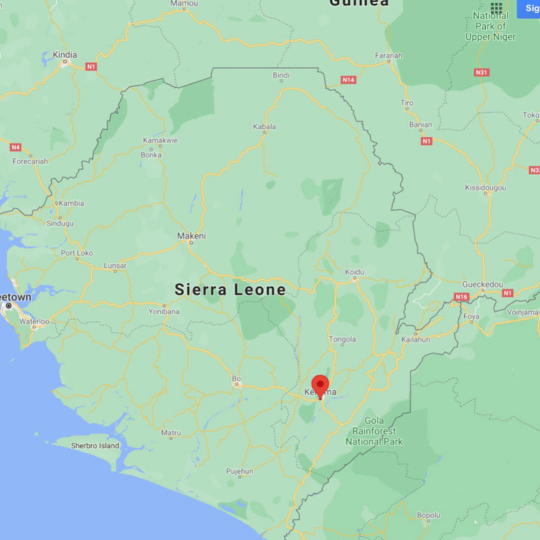
Challenges :
- Sometimes the Sowies in Kenema react to the message that campaigners disseminate to the general public, about the practice of FGM. They go on the media to tell people not to listen to the campaigners.
Type of FGM:
Cutting
They took the girls to a specific place commonly known as a society bush or ground and there they will initiate them, and the new initiatives will stay in the bush for a period of sometimes two or three weeks.
Action Points:
- We will involve religious leaders on the radio
- We will extend sensitization out of Kenema city
- We will have a workshop with the sowies
Tonkolili :
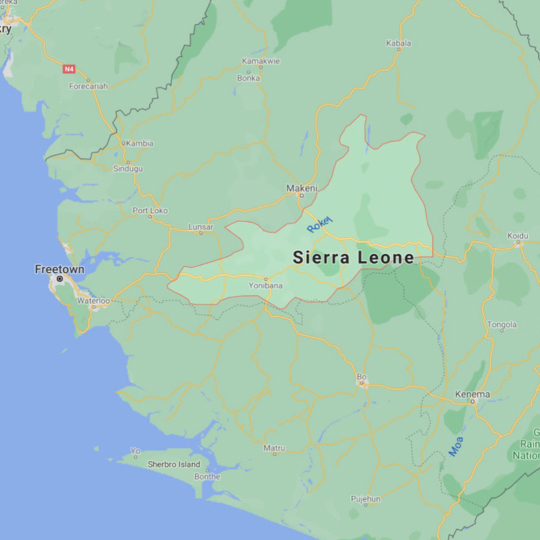
Challenges:
Questions community members ask:
“Do uncut women have sex that is satisfying with their partners?”
“If uncut girls or women scratch their private parts, do they also produce bad odor?”
Type FGM:
Type 2
After cutting to them, the initiates would be left in the shrine for one or two months for the wounds to heal.
During that time, they will be taught how to take care of their husbands’ homes, teach them how to conduct themselves in society, how to greet their husbands, teach them how to cook and serve their husband’s water, how to organise their husband’s documents among many other good attributes.
Action Points:
- Sensitise both parents, initiators, Paramount Chiefs, religious leaders, underage girls, and women to stop the practice.
Freetown :
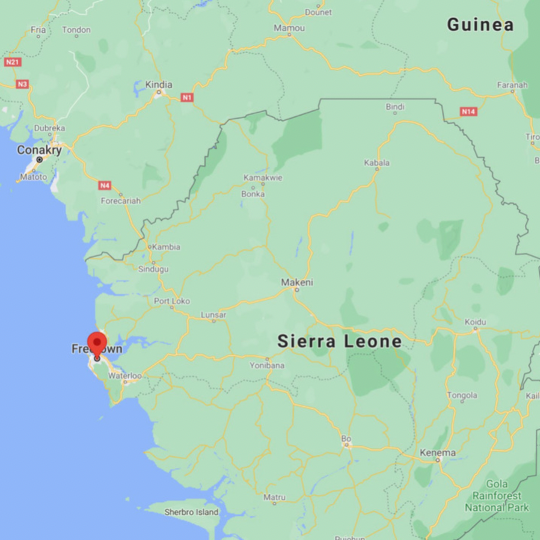
Challenges:
- Freetown being the most populous place in Sierra Leone, and a cosmopolitan city, it hosts different tribes and different kinds of people, therefore the type of FGM performed in Freetown is also heterogeneous.
Type of FGM:
All the kinds of FGM are practiced in Freetown, below are some of them;
type 1 (clitoridectomy) – removing part or all of the clitoris
type 2 (excision) – removing part or all of the clitoris and the inner labia (the lips that surround the vagina), with or without removal of the labia majora (the larger outer lips)
type 3 (infibulation) – narrowing the vaginal opening by creating a seal, formed by cutting and repositioning the labia
other harmful procedures to the female genitals, including pricking, piercing, cutting, scraping, or burning the area.
How FGM takes place:
- FGM in Freetown is often performed by traditional circumcisers or cutters who do not have any medical training. But in some circumstances and some tribes in Freetown it may be done by a medical professional, for example, in the elitist Krio tribe 90% of their women that undergo FGM, do so through medical practitioners.
- The main issue with FGM in Freetown and Sierra Leone by extension is the lack of adequate knowledge of its hazards by young girls that are the potential victims, and the politicisation of the practice; whereby politicians use FGM as a means through which they canvass votes among the womenfolk of Freetown and Sierra Leone Generally.
Action Points:
- There needs to be National Legislation criminalising the practice of FGM.
- There needs to be mass sensitisation and awareness-raising campaigns against FGM by campaigners targeting women and girls.
- There should be an alternative means of livelihood for Soweis who are involved in the practice of FGM as a means of livelihood and survival.
- All FGM secret shrines should be transformed into schools, and skills training centres for women and girls.
- We must incorporate an Anti Fgm course in the school curriculum.


